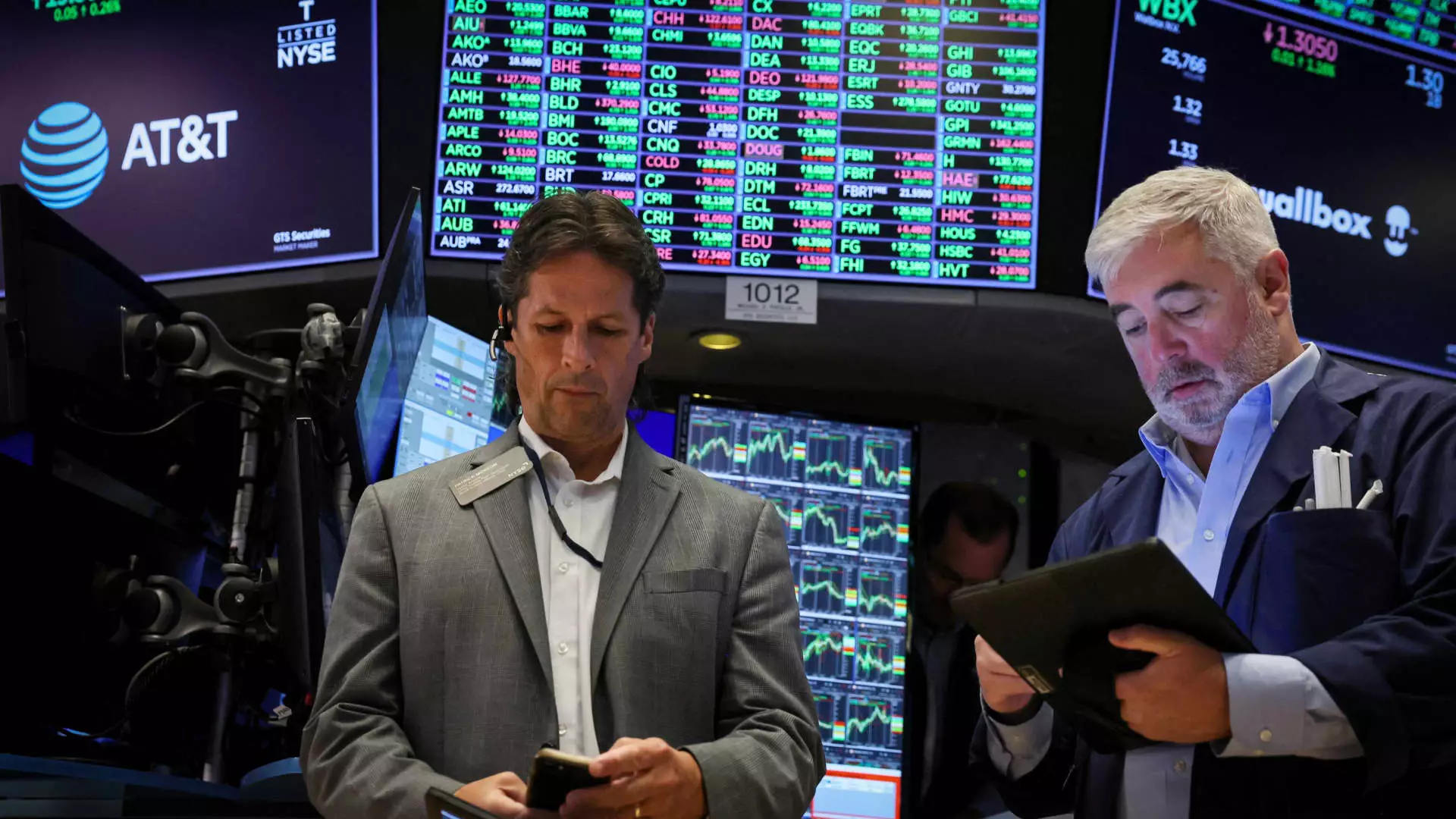The recent fluctuations in the stock market have left many investors feeling uneasy. The S&P 500 managed to inch upward on Friday after experiencing a significant comeback from Monday’s violent rout. Despite the rollercoaster ride, the broad market index was on the verge of reversing its weekly fall. The S&P 500 traded 0.4% higher and ended the week down by just 0.1%. On the other hand, the Nasdaq Composite added 0.4%, while the Dow Jones Industrial Average hovered near the flatline. This week has undoubtedly been the most volatile of 2024 for the market.
The drastic fluctuations in the market were triggered by a combination of factors. Disappointing U.S. payrolls data from the prior week, along with concerns that the Federal Reserve was too late with rate cuts, played a significant role in sparking the selling frenzy. Additionally, the unwinding of a popular currency trade by hedge funds further exacerbated the situation. The Dow Jones Industrial Average witnessed a significant tumble of 1,000 points on Monday, while the S&P 500 experienced a 3% decline, marking its worst day since 2022.
Despite the bleak start to the week, the major averages managed to mount a comeback later in the week. Thursday’s encouraging weekly jobless claims number provided much-needed relief to investors who were concerned about the state of the U.S. economy. The S&P 500 surged by 2.3% on Thursday, marking its best day since November 2022. Similarly, the Dow surged by approximately 683 points, while the Nasdaq Composite added nearly 2.9%. As a result, the major averages were on the brink of turning positive for the week.
The heightened volatility in the market was also reflected in other financial indicators. The Cboe Volatility Index, often used by Wall Street to gauge fear, reached levels last seen during the onset of the Covid-19 pandemic and the Great Financial Crisis. However, investors ultimately stepped in to buy the dip, fueled by the belief that another crisis or recession was not looming on the horizon. It became apparent that the earlier losses were attributed more to hedge funds unwinding a long-time bet on a cheap Japanese yen rather than fundamental threats to the economy.
Infrastructure Capital Advisors CEO Jay Hatfield provided valuable insights into the situation, emphasizing that much of the recent market activity stemmed from a “hedge fund theme” rather than longer-term investors. Hatfield underscored that the volatile sell-off and subsequent bounce back were typical behaviors observed in August and September due to thin markets, unpredictable moves by hedge funds, and irrational market fluctuations. He reassured investors that the recent market turbulence has no bearing on the long-term outlook.
The recent volatility in the stock market highlighted the fragility and unpredictability of financial markets. While the rollercoaster ride may have rattled some investors, it is crucial to maintain a long-term perspective and not be swayed by short-term fluctuations. By understanding the root causes of the turbulence and seeking guidance from experts, investors can navigate through uncertain times and stay focused on their investment goals.


Leave a Reply